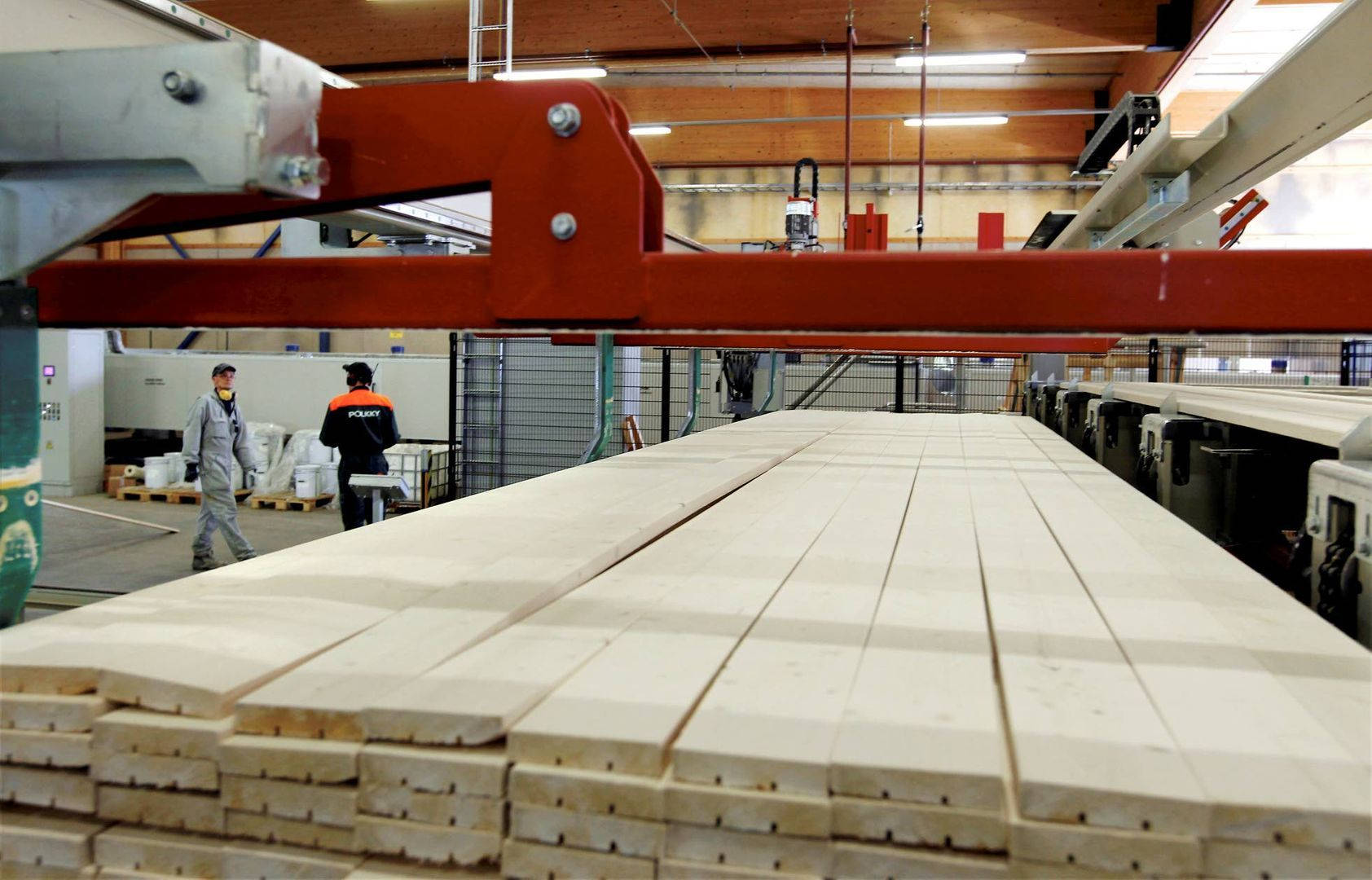One immediate impact of the war in Ukraine is a tighter market for softwood lumber in Europe. About 20% of European lumber import and 9% of European supply is lumber from Russia, Belarus, and Ukraine (“BRU”) – in total, almost 9 million m3 in 2021. The largest importers include the UK, Italy, and Netherlands, but the supply-demand balance throughout Europe will be upset with the loss of this volume. Europe is a net exporter of lumber, of almost 20 million m3, mostly to the US and China.
To maintain the current market balance in Europe, lumber exports might therefore need to decline by almost half. But many producers’ export business, to the US especially, is now well-established and committed. Increased competition between European and export customers is inevitable. Meanwhile Europe will struggle to expand production within the region, at least short-term, as harvests in Central
Europe decline in the wake of the spruce bark beetle. Other parts of Europe, mainly the Nordics, have room to increase sawlog and lumber supply. But such expansion will take time, coming online in 2023-24 at the earliest.
China is the other large recipient of lumber from “BRU”. China has not announced any trade sanctions and is unlikely to do so. But there are at least two reasons why this export anyway will be impacted; the loss of timber certification, and the challenges that BRU sawmill industries now face to maintain and expand their facilities. Demand for certified forest products among Chinese consumers is low despite a growing urban and high-income segment.
More importantly, buyers of lumber in China for its use in products for export, including furniture and packaging, can require certified wood. These buyers will now be forced to look for alternatives. Demand for European lumber could rise as a result.
The war in Ukraine will disrupt global trade flows in softwood lumber. Reduced BRU export to Europe risks causing lower European exports to the US and Asia. The US, with continued strong demand growth and few supply alternatives short-term, will compete to retain imports from Europe. Russia’s loss of timber certification and difficulties in expanding production at pace with China import demand, will likely lead to increased Chinese demand for European lumber.
The current global balance of export and import appears increasingly difficult to resolve; all key export regions face supply constraints and strong demand is expected in most import regions. Supply growth is required somewhere, most likely in the US South. In the short term it seems global softwood lumber markets will be tight.
The post European lumber exports might decline by a half due to the war in Ukraine appeared first on Global Wood Markets Info.




